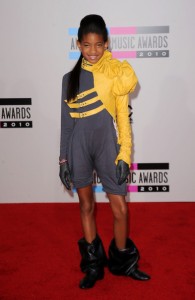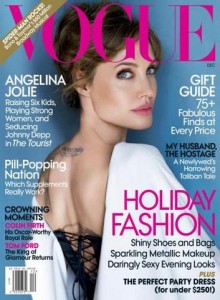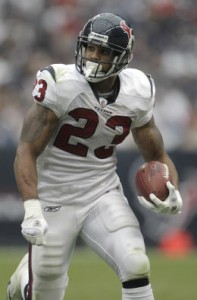Written on
November 21, 2010 – 5:45 pm | by monda
Reflections on the feature:
Excuse me, did someone say Cher? What first caught my eye about the movie “Burlesque” was the idea of Cher playing a Vegas show girl who continues to perform despite her age. The New York Times article, “An Ageless Diva of a Certain Age,” by Frank Bruni, explores Cher’s career and personal life while interviewing her after a long day of shopping.
The interview conducted in Cher’s Midtown hotel suite at the Four Seasons covers a wide range of events in her life. Bruni also references interviews with Stanley Tucci, Steven Antin and Mike Nichols.
Bruni digs into Cher’s accomplishments by researching her film career and music career. There is also a great deal of research conducted about Cher’s influence in the new movie “Burlesque,” as well as gathering information from Hollywood insiders.
This feature has a consistent flow of ideas with the structure of observation followed by a quote, is used frequently throughout the feature. The use of describing the scene of the interview is used to transition into new ideas. I was impressed by the wide verity of topics that Bruni discusses in his interview with Cher. The part of the interview about her family was too short and left me with some unanswered questions. How comfortable is she with her daughter becoming a man? Also how supportive and what is her relationship like with her daughter?
A look at the feature by paragraph:
The feature begins with an interesting lead of telling the readers Cher needs foot surgery. He then describes what Cher did earlier in the day while tying in her need of surgery. Bruni suddenly leaps from the introduction into describing what her plans are for the evening to give the reader a feel for what’s ahead for Cher. Bruni establishes the setting and what state of mind Cher is in for the interview.
The beginning part of the feature focuses on her age and the obvious question of how old is the legend. Bruni quotes a joke Cher made about her age which establishes the light hearted tone of the feature. There is a transition into describing her physical state and how Bruni finds it hard to see her as someone who is getting older. The brief but very vague recap of her remarkable career and her persistent nature establishes her as someone worth reading about. The first introduction of Cher’s new movie, “Burlesque,” is made and paints a clear image of the role she is playing and describes the energy she puts forth in the role.
There is another transition back to the physical scene of the interview. Bruni describes the less wild and different version of Cher he is experiencing. He comments about her physical appearance and how she has not seemed to age. Even her clothing reflects the youthfulness of Cher he is experiencing. He acknowledges how others seem to take care of the details for her. Then he takes us back to another visual of Cher in the interview which signals a transition.
Then there is a focus on the role acting has played in her career and the attitudes of Hollywood insiders. Bruni also highlights her future plans and describes Cher’s knowledge of her limits of exploring new genres. He then established her career and quotes Cher. Bruni distinguishes Cher from other actors as someone who does not push her opinion on others. Bruni then uses another source, Mike Nichols, who reflects on the previous discussion of Cher’s limits.
Then there is a brief look into her personal life of her relationship with her daughter and her own love life. The feature transitions to talking about her use of Facebook and Twitter. An example of one of Cher’s tweets is used.
The look at her personal life is focused on her relationships with her celebrity friends. He cites an example of a specific friend, Winona Ryder, and uses a quote from Cher about her close friends past criminal behavior.
There is another look at the movie “Burlesque” and Cher’s influence in production. Bruni uses a quote from Stanley Tucci to discuss her relationship with cast members. The relationship between Clint Culpepper and Steven Antin on set is examined and a quote from Cher is again used after description. Cher’s performance in the movie is discussed in further detail and a joke from Cher highlights the young age of the cast.
Description of the scene is used to transition to examine her busy schedule of talk show appearances and to transition to the closing of the feature. Cher’s critic’s expectations and her personal expectations are discussed. The kicker brings the lead of the foot injury back into the feature.
Tags: Burlesque, Cher, Frank Bruni, movies, New York Times
Posted in Uncategorized | 1 Comment »
 So, Willow Smith is super popular right now. She’s talented, recognized, and extremely cute (OK, Justin Bieber is still No. 1, but you get what I’m saying). Many critics are also calling Willow a fashion icon. She’s been wearing the craziest, most colorful, Lady Gaga-ish outfits. What do you think about that?
So, Willow Smith is super popular right now. She’s talented, recognized, and extremely cute (OK, Justin Bieber is still No. 1, but you get what I’m saying). Many critics are also calling Willow a fashion icon. She’s been wearing the craziest, most colorful, Lady Gaga-ish outfits. What do you think about that? 



